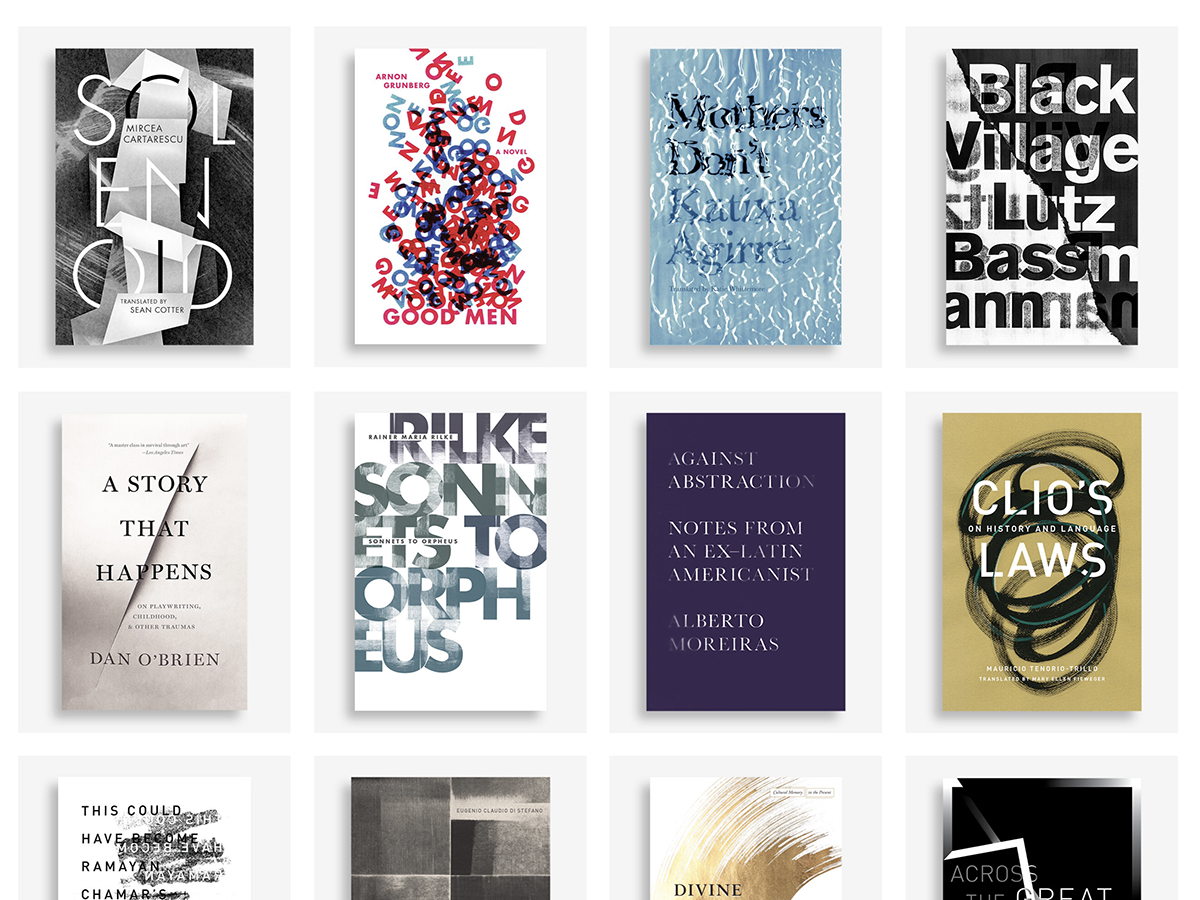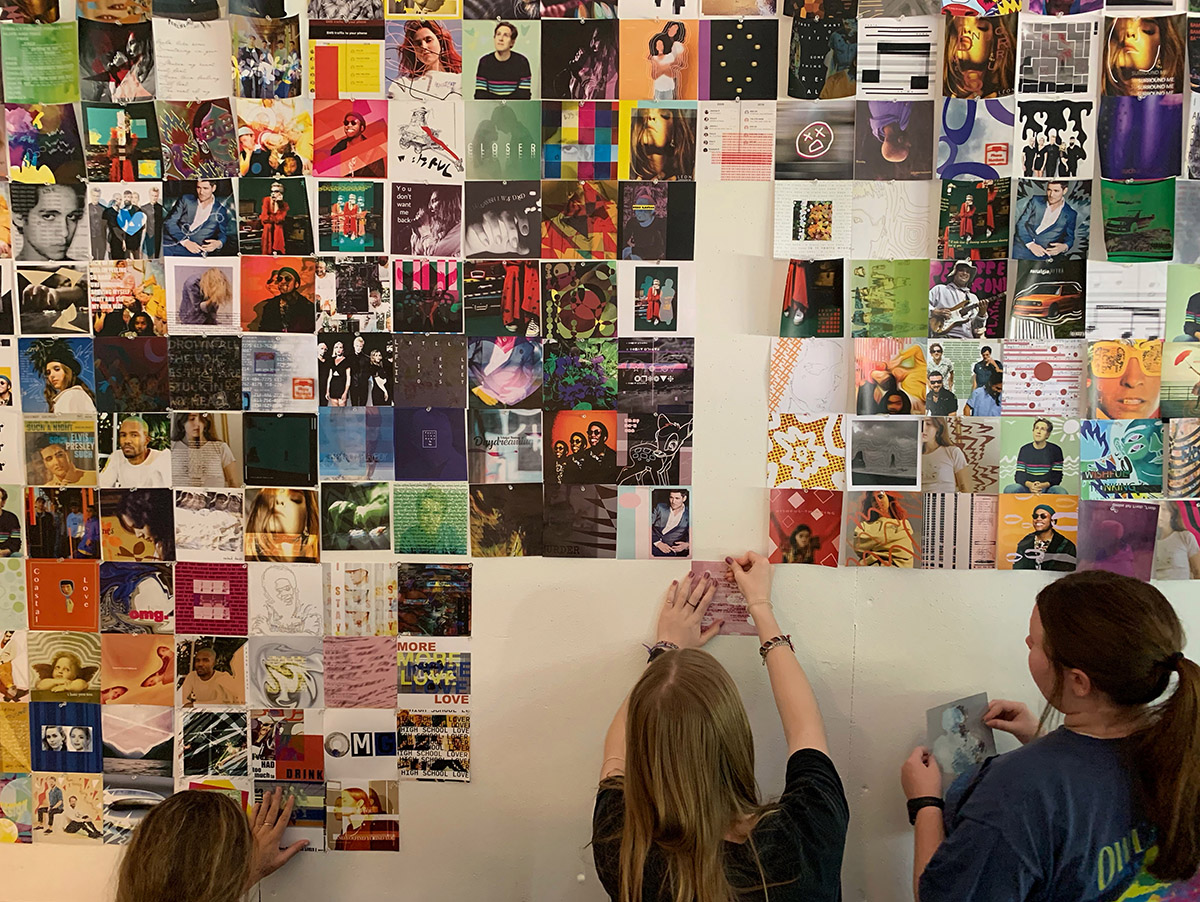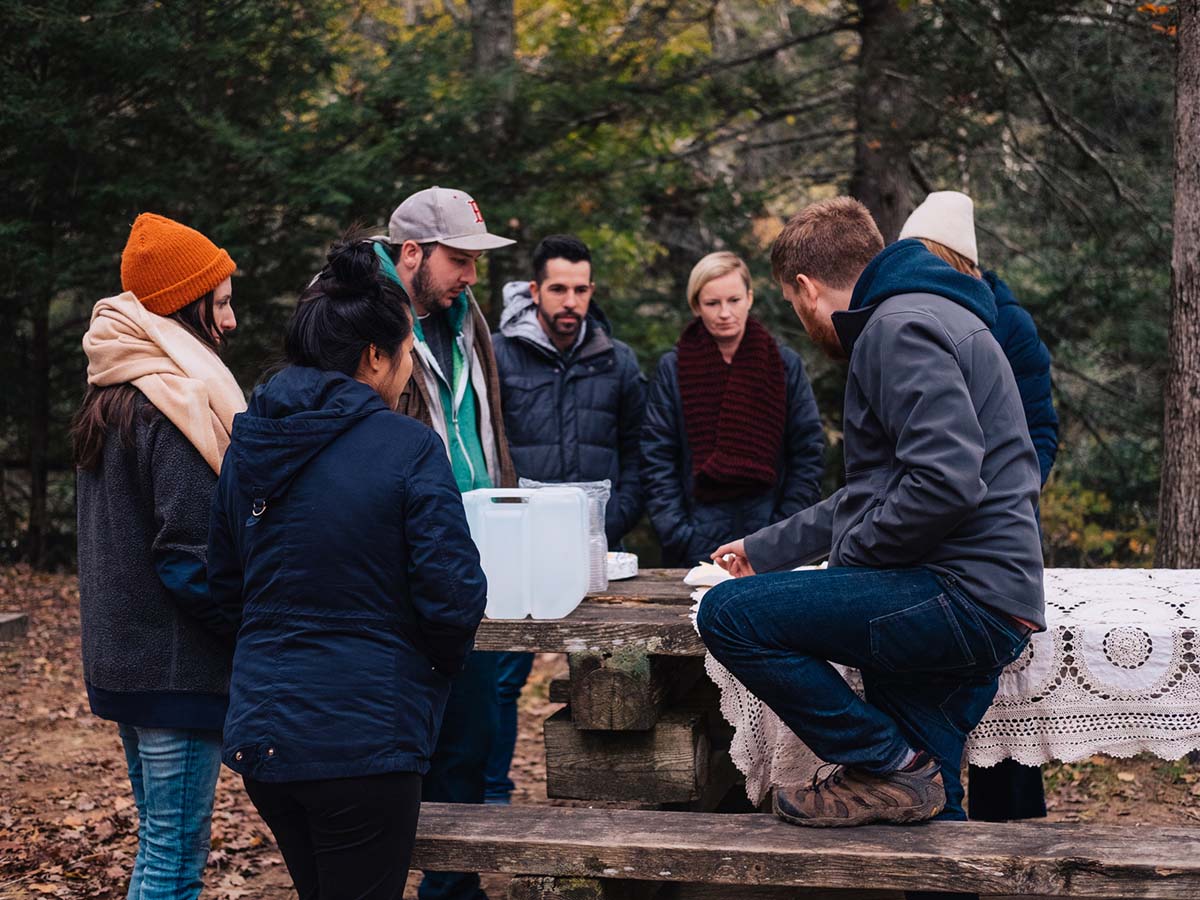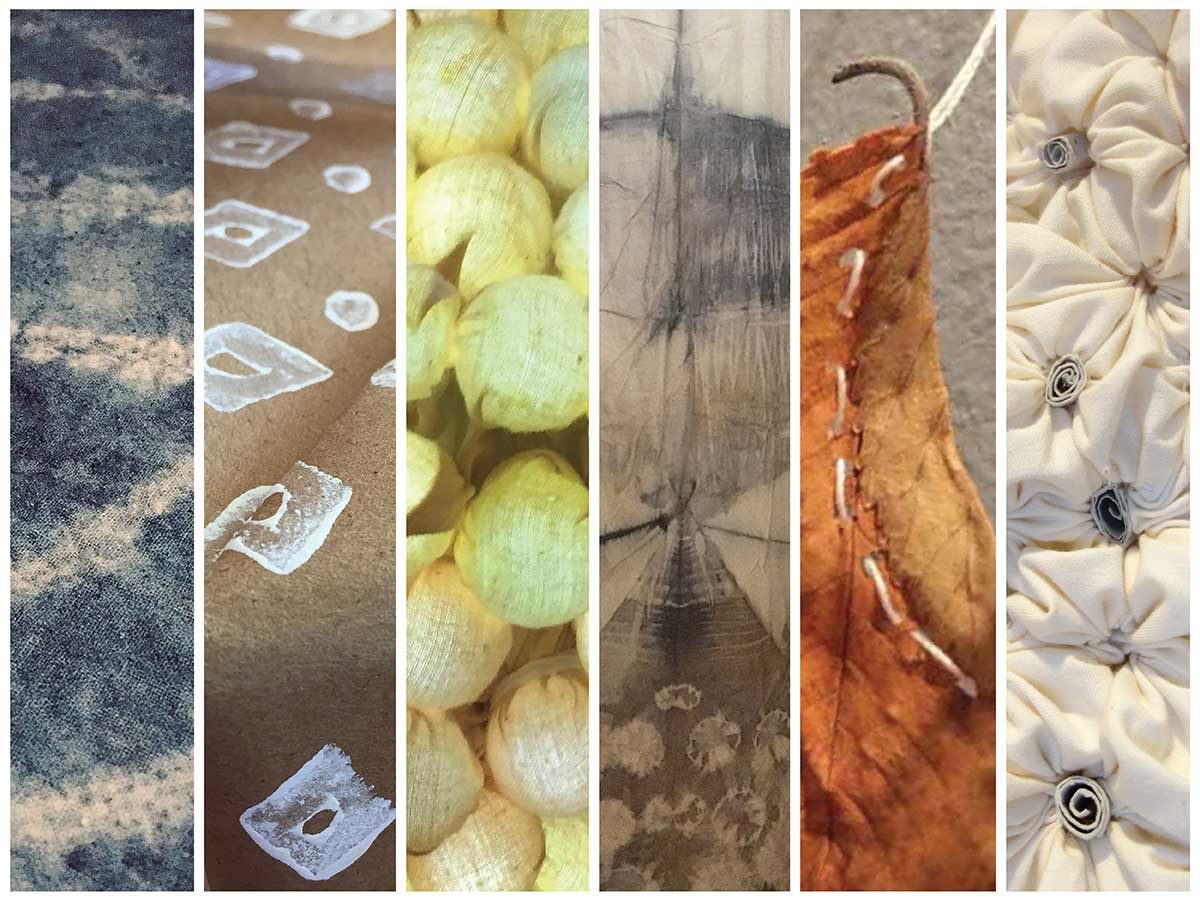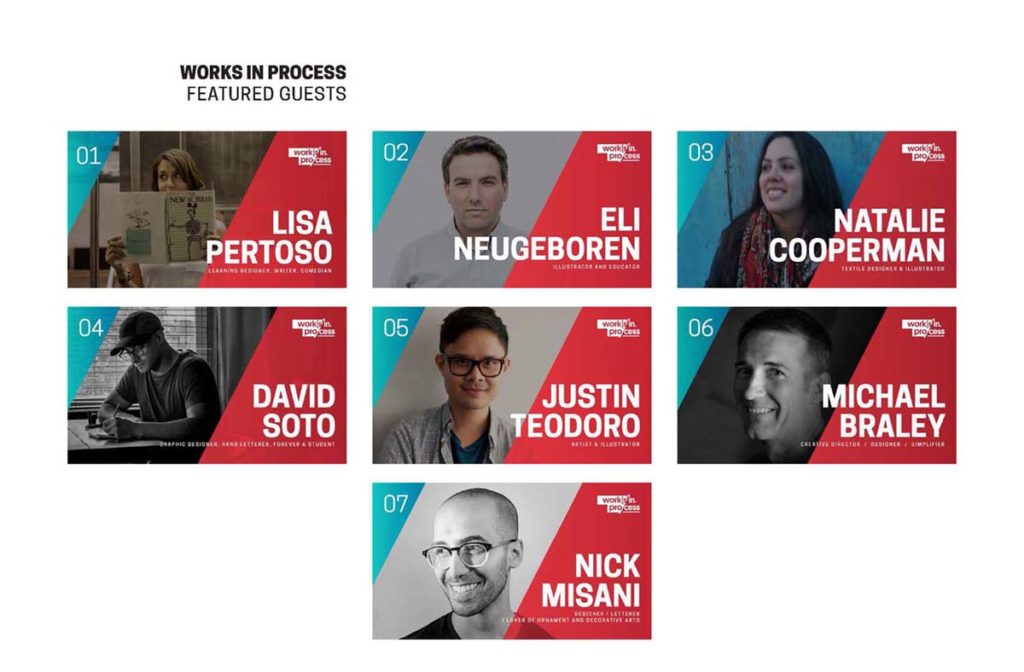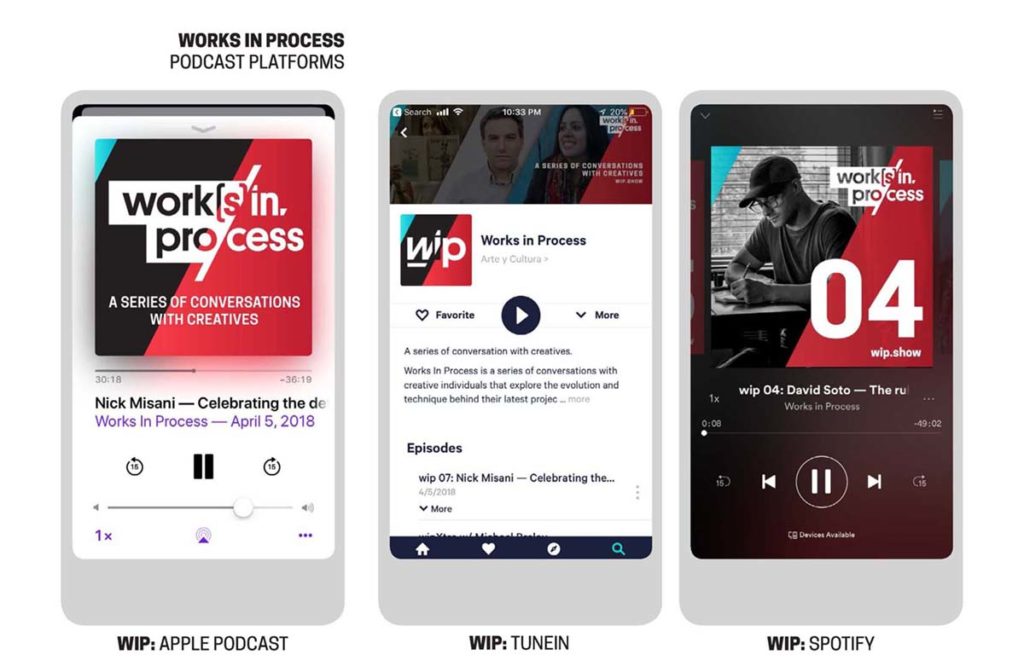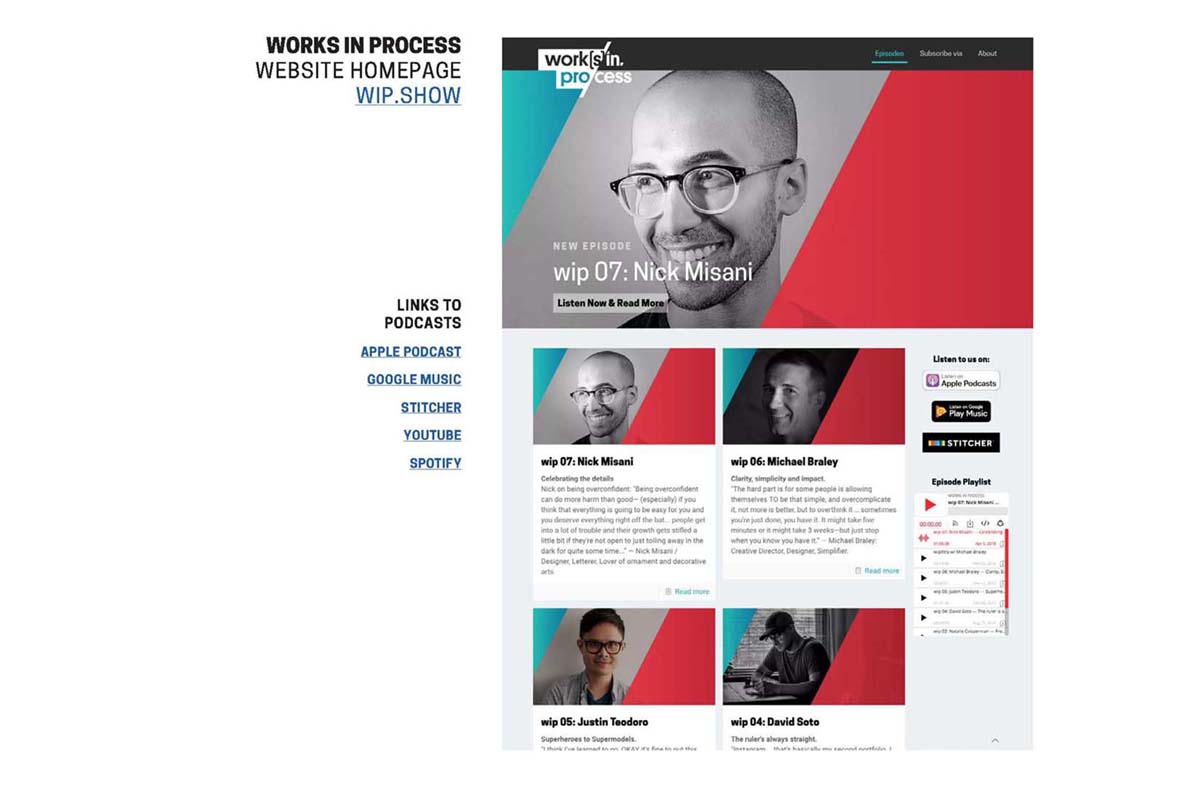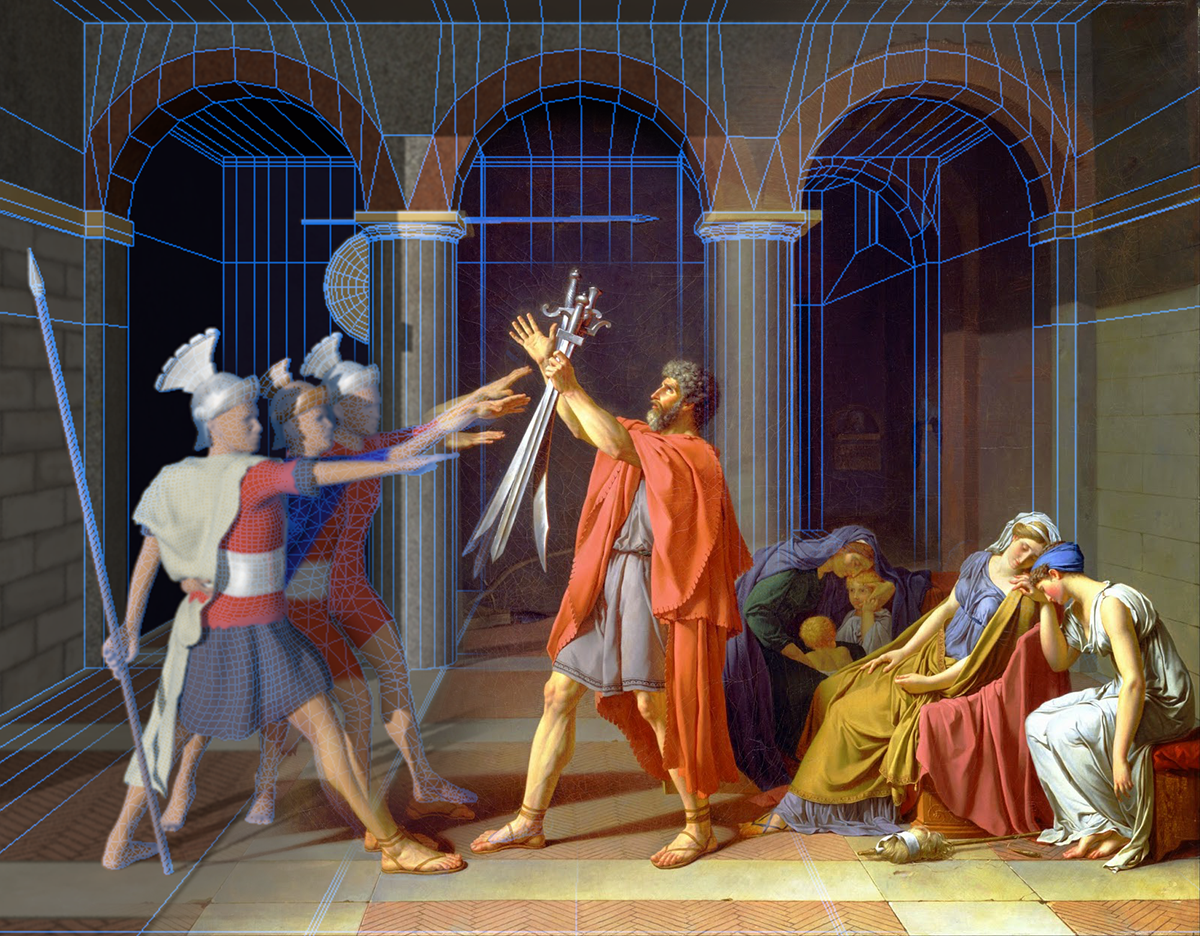Anna Jordan
Assistant Professor
Rochester Institute of Technology
I will present a method that I designed to help students and practicing designers come up with new and surprising ideas. The method, called “Mining for Ideas,” is grounded in collaboration and experimentation. It can be used in a classroom or design studio setting to effectively generate ideas about both form and concept. Designers begin with a collaborative collage game, involving an enormous selection of unconventional tools and materials, leading to spectacular sculptural creations. Each sculptural collage is altered by each designer, leading to truly collaborative pieces. Next, designers photograph the sculptures to create two-dimensional images that are mined for ideas, similar as to how a miner would chip away at earth to reveal valuable gems. Very quickly, designers generate many surprising ideas, each with corresponding examples of concrete design elements such as typography, grid, texture, color, and image. Then, the raw ideas are expanded into applied pieces of graphic design via a flexible morphology that is structured around these concrete design elements. The method is founded in play and inspired by design history precedent including my personal design practice, the Surrealists’ exquisite corpse drawing game, and Skolos-Wedell’s form-to-content method for designing posters. In this presentation, I will illustrate how the method works with several examples from my classroom, explain how the method could be applied to various design problems, and cite student interviews as evidence proving that the process is successful.
This design research is presented at Design Incubation Colloquium 10.3: Tenth Anniversary, St. John’s University (Hybrid) on Friday, June 7, 2024.

